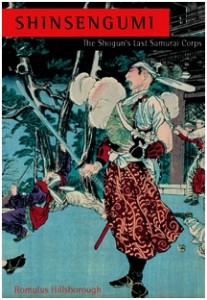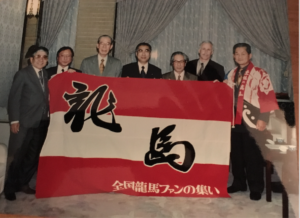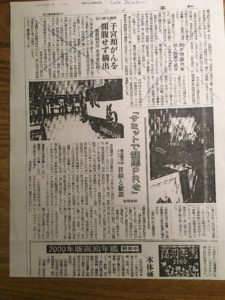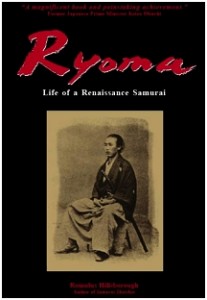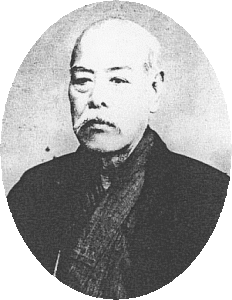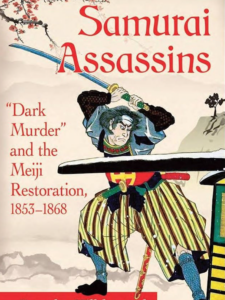Writing is a lonely occupation. The writer (at least this one) never knows if his words will matter or move. For instance, today I finished the opening section of the chapter for my next Shinsengumi book immediately preceding the chapter on the infamous attack on the Ikedaya through which the Shinsengumi gained historic immortality. It is a comparative analysis of the thinking of Katsu Kaishu and Shinsengumi Commander Kondo Isami—though I have never encountered such an analysis in the literature of the era. When I finished writing this section, I was quite satisfied.
Again, thank you all for your continuous support and encouragement.
Think big! Create! Persevere!—and feel with the mind.
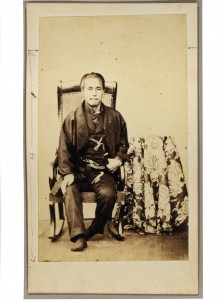
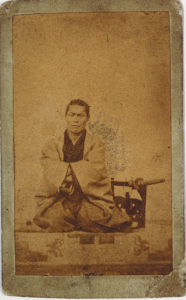
[The photo of Katsu Kaishu (left) appears in Samurai Revolution courtesy of Yokohama Archives of History. (Katsu Kaishu is the “shogun’s last samurai” of Samurai Revolution.) The photo of Kondo Isami appears in Shinsengumi: The Shogun’s Last Samurai Corps, courtesy of the descendants of Sato Hikogoro and Hino-shi-Furusato Hakubutsukan.]

